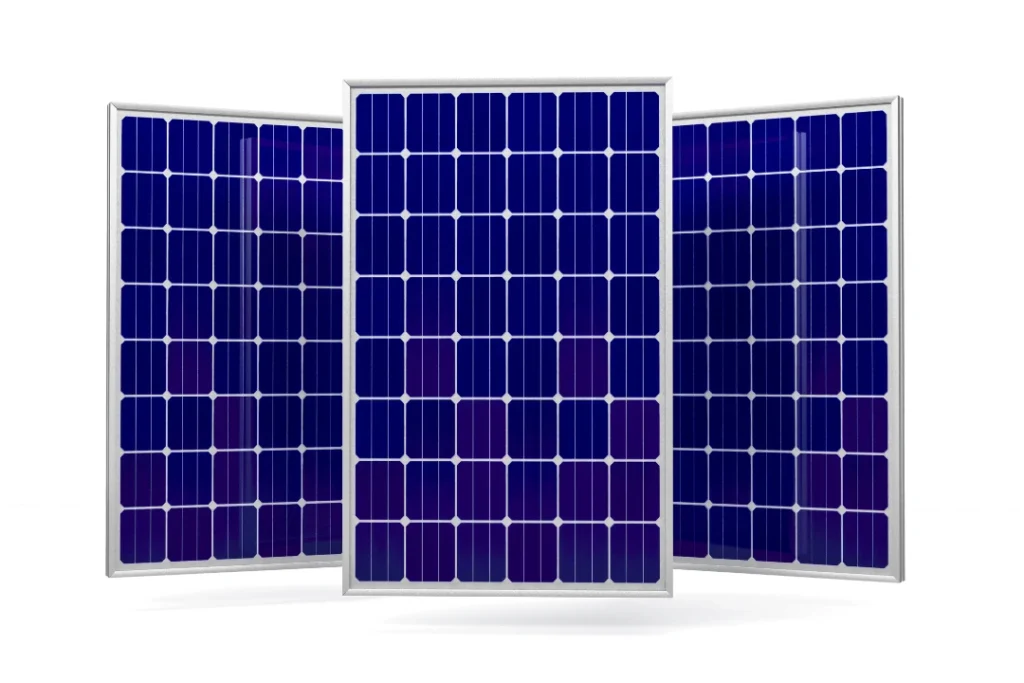Introduction
Solar energy has become one of the most reliable and cost-effective renewable energy sources for homes and businesses. However, like any technology, solar panels are not immune to issues. Over time, certain problems can develop that reduce their efficiency, performance, and lifespan. These issues are commonly referred to as solar panel defects. Understanding them and knowing how to prevent or fix them can help you maximize your solar investment.

Common Types of Solar Panel Defects
1. Micro-Cracks
One of the most frequent solar panel defects is micro-cracks in the cells. These are tiny fractures that may not be visible to the naked eye but can significantly impact performance by interrupting the flow of electricity. Micro-cracks are often caused by poor handling during transportation or mechanical stress during installation.
2. Hot Spots
Hot spots occur when a part of the solar panel becomes overheated due to shading, dirt, or defective cells. This not only reduces output but can also lead to long-term damage. Hot spots are dangerous because they may cause burns or even increase fire risks if left unchecked.
3. Delamination
Delamination happens when the layers within the solar panel separate due to moisture, manufacturing flaws, or poor-quality materials. This defect reduces durability and efficiency. High humidity and extreme weather conditions accelerate delamination, making it one of the most concerning solar panel defects in humid regions.
4. Potential-Induced Degradation (PID)
PID is a defect caused by voltage differences between the solar cells and the panel’s frame. Over time, this results in power loss and reduced efficiency. It is common in poorly manufactured or low-quality panels and can be difficult to detect without proper testing.
5. Discoloration and Yellowing
Some panels show signs of discoloration over time, especially in the encapsulant layer. This yellowing effect reduces the amount of sunlight absorbed, leading to efficiency loss. Though mostly aesthetic at first, it can eventually contribute to larger solar panel defects if ignored.
6. Snail Trails
Snail trails appear as dark, thin lines on the surface of panels. They are usually caused by defective silver paste used in manufacturing or moisture penetration. While initially cosmetic, snail trails can develop into serious performance-related solar panel defects.
Causes of Solar Panel Defects
Solar panel problems often arise due to:
- Poor manufacturing quality and use of substandard materials
- Mishandling during shipping and installation
- Harsh weather conditions such as hail, snow, and extreme heat
- Improper maintenance, leading to dirt and shading issues
- Electrical issues such as improper wiring or grounding
How to Avoid Solar Panel Defects
1. Choose High-Quality Panels
Investing in panels from reputed brands with proper certifications significantly reduces the risk of solar panel defects. Always check for warranty coverage and customer reviews before purchasing.
2. Professional Installation
A large number of issues occur due to poor installation practices. Hiring experienced and certified installers ensures that the panels are handled carefully and mounted securely.
3. Regular Maintenance and Inspections
Routine cleaning and periodic inspections help identify early signs of solar panel defects before they escalate. This includes checking for shading, dirt buildup, wiring issues, and visible surface changes.
4. Weather Protection
If you live in an area prone to extreme weather, consider protective measures like installing robust mounting systems, wind resistance features, or hail guards to prevent damage.
5. Monitoring System Performance
Using a monitoring system allows you to track energy output in real time. Any sudden drop in performance may indicate underlying solar panel defects that require immediate attention.
Conclusion
Solar panels are designed to last for 25–30 years, but defects can shorten their lifespan and reduce energy savings if not addressed. By understanding the common solar panel defects, their causes, and preventive measures, homeowners and businesses can protect their investment while ensuring maximum efficiency. Choosing quality products, ensuring professional installation, and committing to regular maintenance are the keys to avoiding most solar panel issues.
